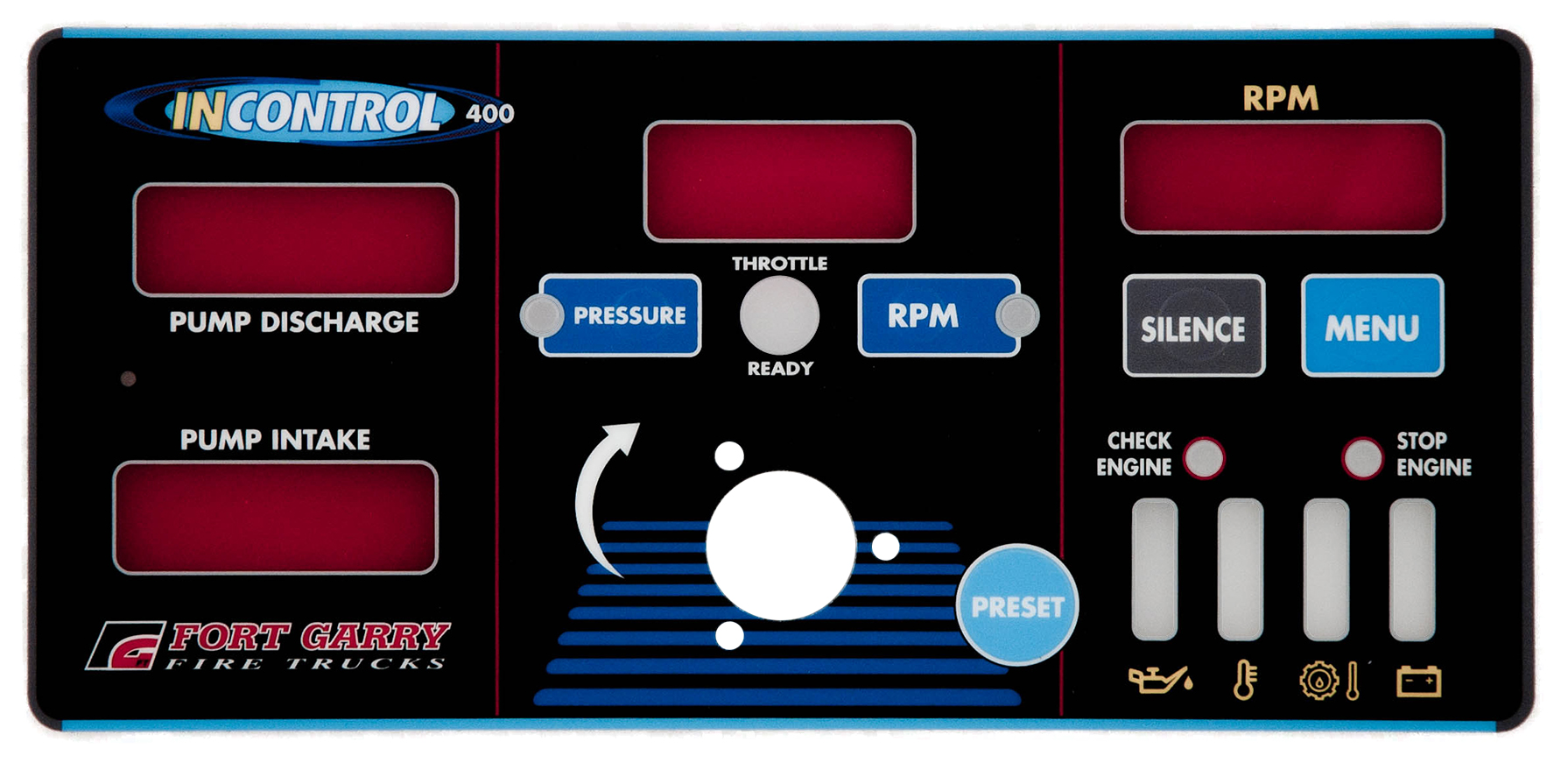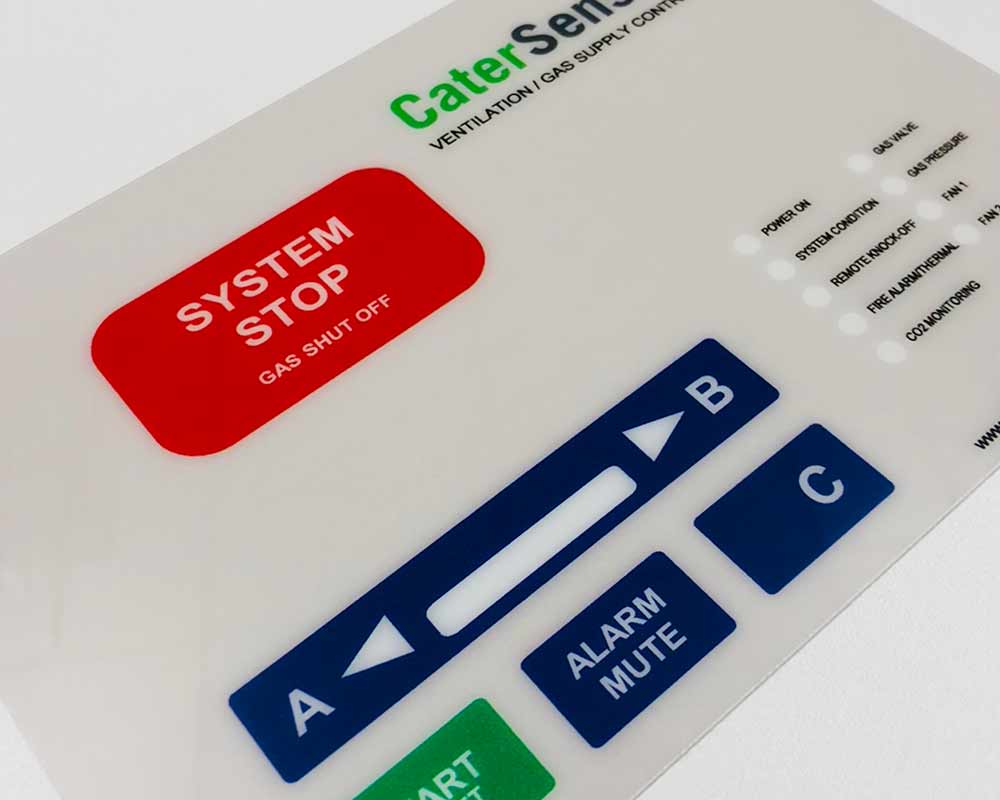Graphic Overlay and Panels-- High-Performance Materials for Graphic Overlay Manufacturing
A Comprehensive Guide to Selecting Graphic Overlays and Panels
Choosing the ideal visuals overlays and panels is a nuanced process that needs mindful consideration of various elements, consisting of product homes, printing techniques, and style aspects. Thus, a complete expedition of these parts is essential to accomplishing ideal outcomes in visuals overlay choice.
Recognizing Graphic Overlay Products
Recognizing the characteristics of graphic overlay materials is essential for guaranteeing both performance and toughness in layout applications. These products work as safety layers that not just improve the visual charm of a product but also carry out vital functions in user interaction and tool procedure.
The most common materials made use of in visuals overlays include polyester, polycarbonate, and acrylic. Polyester is known for its excellent resistance to moisture, chemicals, and UV light, making it suitable for outdoor applications. Polycarbonate, on the various other hand, supplies remarkable effect resistance, making it perfect for environments where physical durability is paramount. Acrylic overlays provide quality and are commonly selected for their optical buildings, though they may not offer the same degree of effect resistance as polycarbonate.
In addition, the thickness of the overlay can affect both tactile feedback and durability. Thicker overlays provide improved sturdiness but might reduce versatility, while thinner options can use more detailed design opportunities. Understanding these qualities allows designers to choose the suitable products that straighten with the details requirements of their jobs, making sure optimum performance and long life of the visuals overlays in numerous applications.
Key Printing Strategies
Commonly, the choice of printing techniques is a critical element in the production of graphic overlays and panels, as it straight affects both the visual high quality and resilience of the last product. One of the most typically employed printing methods consist of display printing, digital printing, and pad printing, each offering distinct advantages.
It provides superb toughness against wear, making it optimal for overlays that will experience frequent usage. Digital printing, on the other hand, enables for high-resolution images and detailed designs, making it appropriate for personalized or low-volume tasks.
Pad printing is especially helpful for applying graphics onto uneven surface areas, ensuring consistent high quality throughout varied shapes. This method is typically chosen for its accuracy and ability to print fine details.
Ultimately, the option of printing technique need to straighten with the certain useful demands and aesthetic goals of the visuals overlay or panel, making certain that the end product satisfies both aesthetic and efficiency standards.
Style Factors To Consider
When picking graphic overlays and panels, style factors to consider play a crucial duty in ensuring that the end product not only meets useful needs yet also lines up with branding and user experience objectives. The visual elements, including color design, typography, and images, must mirror the brand identification and reverberate with the target market. Graphic Overlay and Panels. A natural design boosts recognition and supports brand commitment
Furthermore, the format must prioritize simplicity of navigating, ensuring that essential information is conveniently obtainable. This includes strategic placement of switches, icons, and message to help with user interaction. The choice of products additionally affects design; as an example, a matte coating may reduce glow, while a glossy surface area can improve vibrancy.
Additionally, the total measurements and form of the overlay ought to think about the intended application and tool compatibility - Graphic Overlay and Panels. Custom shapes might provide an one-of-a-kind visual, yet they need to not jeopardize functionality
Functionality and Performance
Functionality and capability are vital elements that identify the performance of visuals overlays and panels in real-world applications. The main goal of these aspects is to enhance individual interaction while making sure that important information is easily available. A properly designed visuals overlay should assist in intuitive navigation and promote reliable operation of the device or interface it goes along with.
When choosing a visuals overlay, think about the layout and the setup of controls. The style should focus on frequently used features, putting them within simple reach. Additionally, clear labeling with ideal icons or message is essential for fast recognition and understanding. Color contrasts and tactile responses can further boost functionality, aiding customers to differentiate between different features and guaranteeing a smooth functional experience.
Capability additionally expands to the overlay's durability and resistance to environmental elements. A robust visuals overlay should hold up against damage, including direct exposure to chemicals, dampness, and temperature level variants, without compromising its legibility or responsive properties. Analyzing both usability and performance during the selection process is vital for guaranteeing that the graphic overlay or panel satisfies the particular needs of the application while offering a positive individual experience.
Conformity and Criteria
Picking graphic overlays and panels requires interest not only to functionality and performance but additionally to conformity with industry standards and guidelines. Ensuring that your overlays satisfy these criteria is critical for product market, safety, and efficiency acceptance.
Different industries have specific guidelines that have to be stuck to. As an example, clinical gadgets go through the FDA's regulations, while automotive applications should follow ISO requirements. Recognizing these requirements early in the layout process will certainly minimize the threat of pricey modifications or hold-ups.
Product choice is likewise essential for conformity; certain chemicals and compounds might be limited or call for qualification. Overlays made use of in food-related applications should satisfy FDA criteria for food contact materials, ensuring they do not leach unsafe compounds. In addition, electro-magnetic compatibility (EMC) requirements may apply, especially in electronic devices, requiring cautious factor to consider of products and style to stop interference.
Integrating conformity checks throughout the layout and manufacturing check this procedure not just safeguards your product Visit Your URL but additionally improves its credibility in the marketplace. Knowledge with relevant criteria is essential for any type of organization included in the production of graphic overlays and panels.

Conclusion
In conclusion, choosing graphic overlays and panels necessitates mindful consideration of product properties, printing methods, and layout aspects. A detailed understanding of these variables helps with educated decision-making, eventually leading to effective style end results in graphic overlays and panels.

When selecting graphic overlays and panels, layout factors to consider play a crucial duty in making sure that the last item not only satisfies useful demands however additionally straightens with branding and user experience objectives.In recommended you read conclusion, selecting graphic overlays and panels requires careful consideration of material residential properties, publishing strategies, and design aspects. A comprehensive understanding of these elements assists in notified decision-making, ultimately leading to successful design end results in graphic overlays and panels.